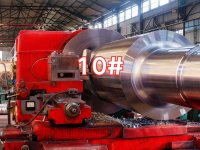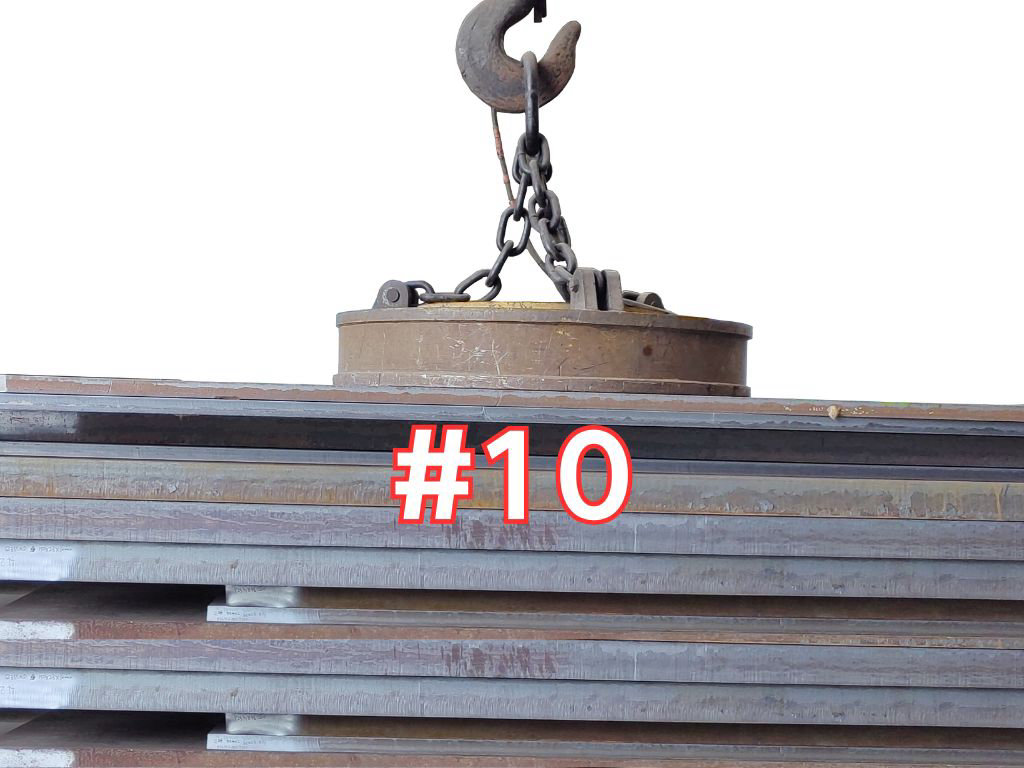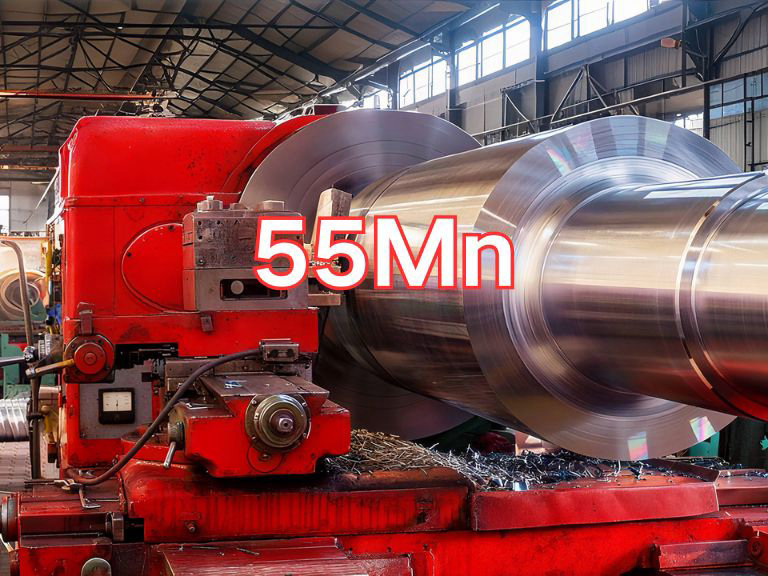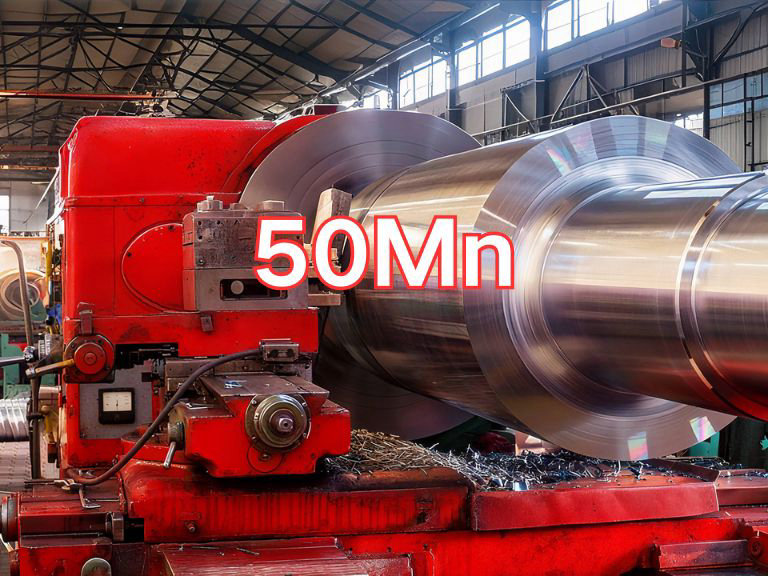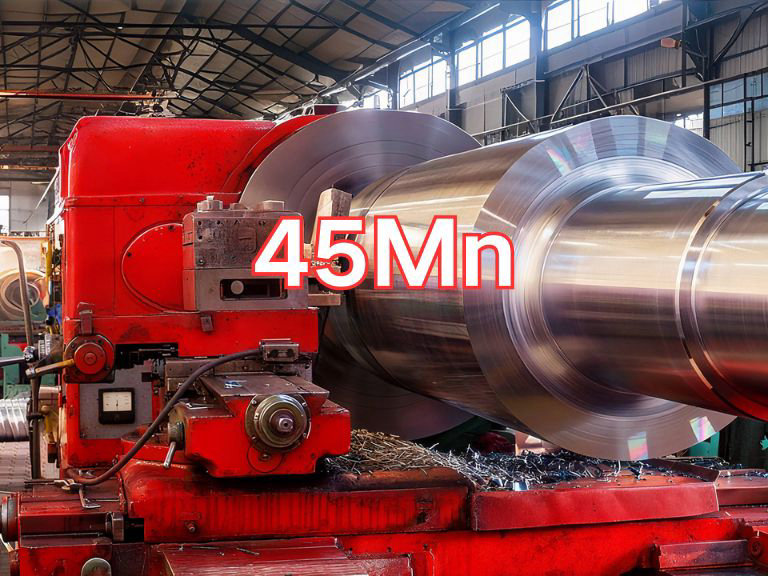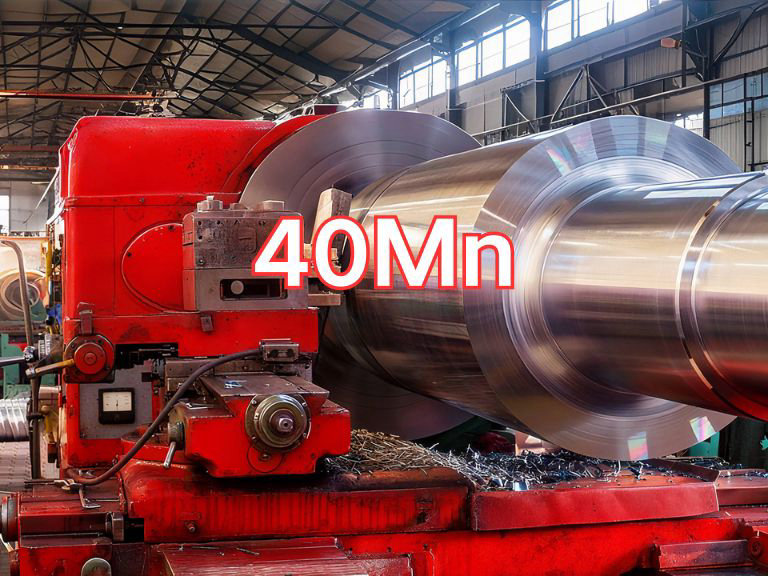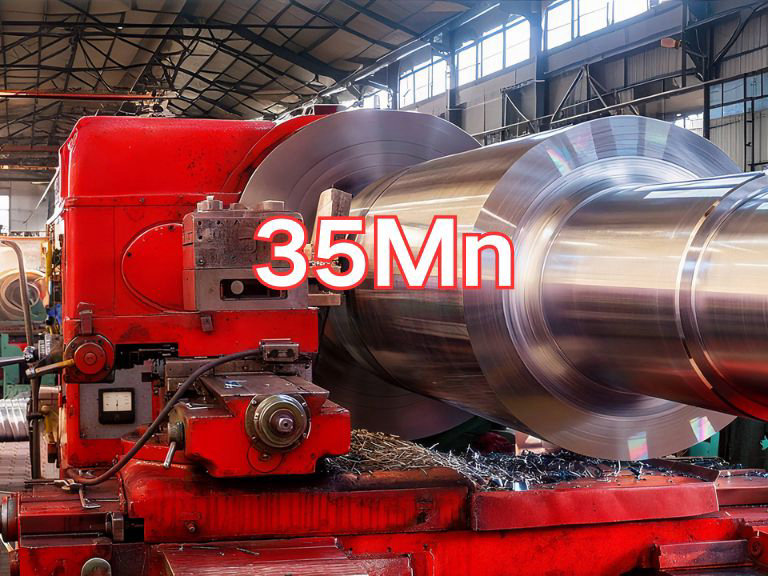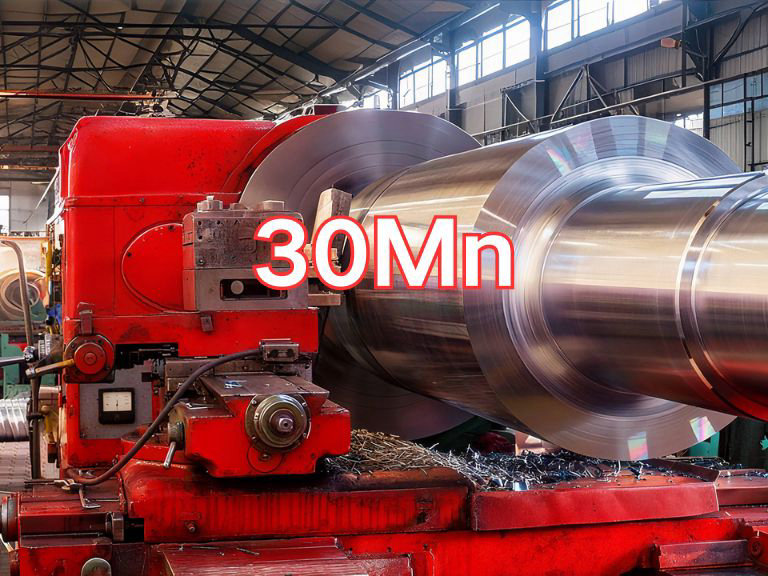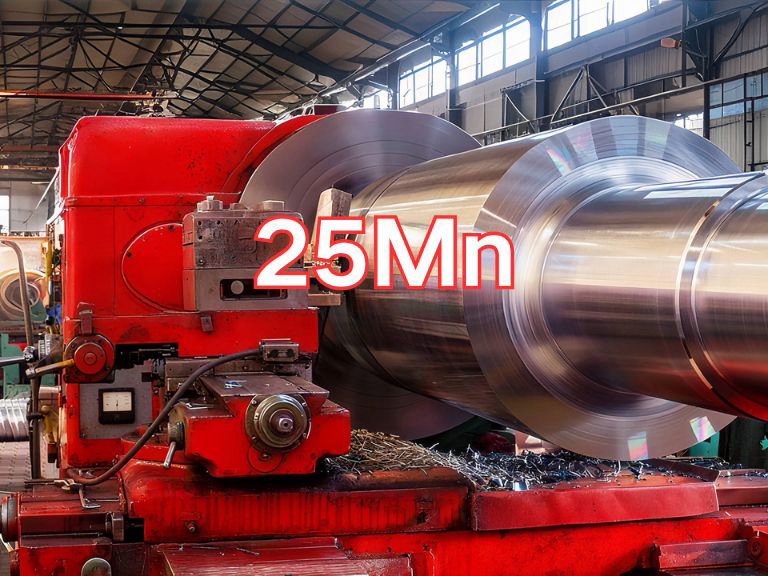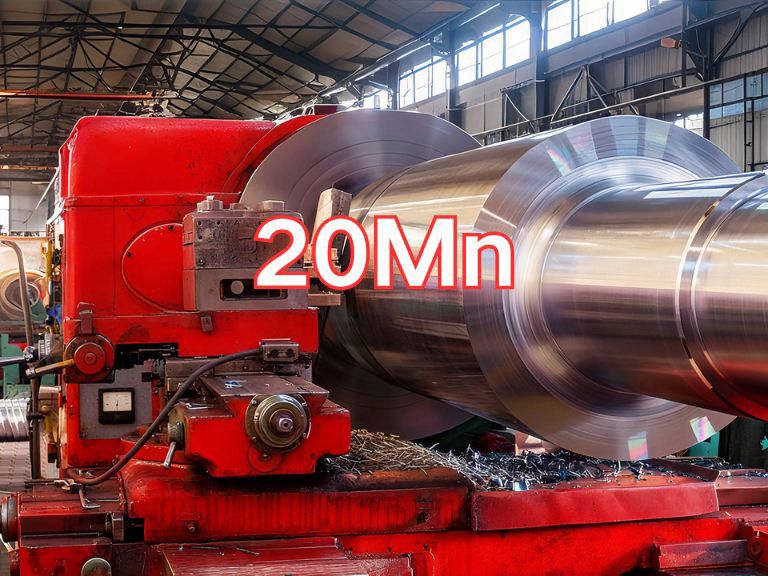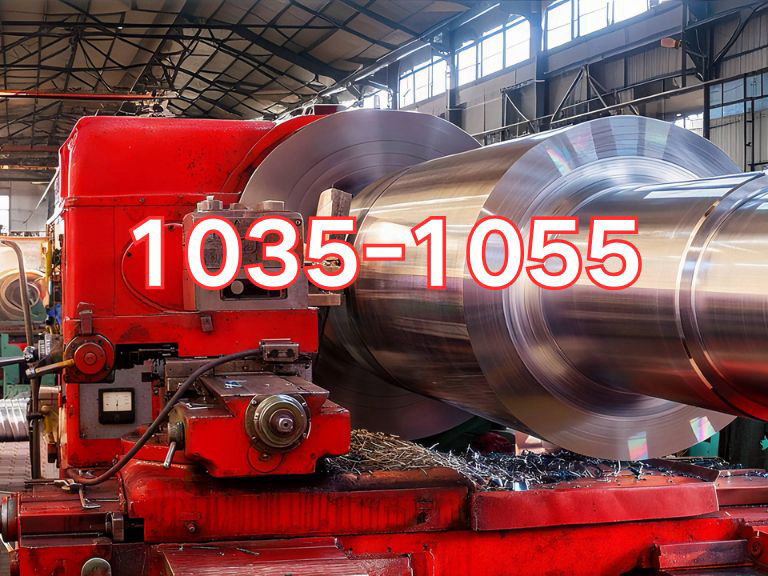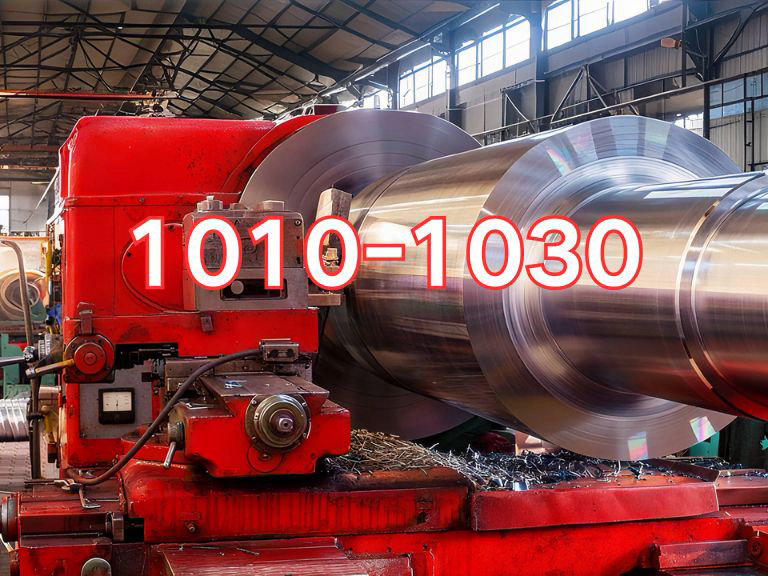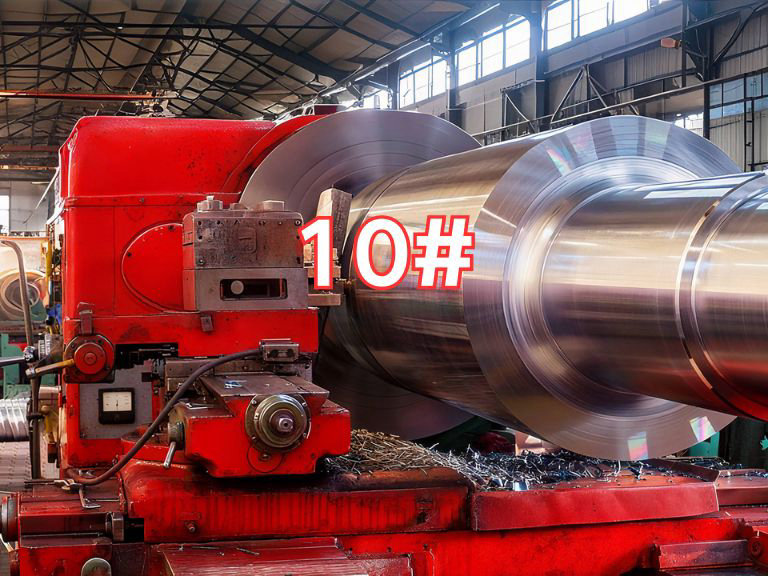

#10 Steel Plates
#10 steel plate is a hot-rolled thin sheet or strip of high-quality carbon structural steel conforming to GB/T 711-2017. It possesses good ductility, toughness, and cold stamping formability, with a carbon content of approximately 0.10%. It is widely used in manufacturing stampings, welded components, and general mechanical parts where high strength is not required.
Grade Designation
The number "10" in the grade designation indicates that the average carbon (C) content of the steel is ten thousandths, i.e., 0.10%. This is a common method for designating grades of high-quality carbon structural steel.
Physical Properties
Tensile Strength (Rm): ≥ 335 MPa
Elongation after Fracture (A): ≥ 32% (For products with thickness ≤ 3mm, no specific value is stipulated in the standard, processability is generally guaranteed)
Cold Bending Performance: For plates with thickness ≤ 20mm, a 180° cold bend test is performed with a bend diameter D = 0.5a (a being the plate thickness). The outer surface of the specimen shall show no cracks after bending.
Thickness Range: The standard applies to hot-rolled thin sheets and strips with a thickness range of 1.0mm to 12.0mm.
Chemical Composition
According to Table 1 of the standard, the main chemical composition (mass fraction %) of Grade 10 steel is as follows:
Carbon (C): 0.07% ~ 0.13%
Silicon (Si): 0.17% ~ 0.37%
Manganese (Mn): 0.35% ~ 0.65%
Phosphorus (P): ≤ 0.035%
Sulfur (S): ≤ 0.030%
Chromium (Cr): ≤ 0.15%
Nickel (Ni): ≤ 0.30%
Copper (Cu): ≤ 0.25%
Application Fields
Due to its excellent formability and weldability, Grade 10 steel plate is primarily used to manufacture products that do not require high strength but need good ductility and toughness. Typical applications include:
Non-critical structural parts and body panels for automobiles and tractors.
Various containers, pipelines, brackets, and other welded structures.
Instrument housings, washers, gaskets, and other general mechanical components.
Stamped parts in industries such as construction, light industry, and home appliances.
Testing and Production Methods
Production Method: Produced via oxygen converter or electric arc furnace smelting, followed by continuous hot rolling to form thin sheets or strips.
Testing Methods:
Chemical Analysis: Performed according to GB/T 223 series standards or GB/T 4336.
Tensile Test: Conducted according to GB/T 228.1, with samples taken as per GB/T 2975.
Bend Test: Conducted according to GB/T 232, with samples taken as per GB/T 2975.
Dimensions, Shape, and Surface Quality: Inspected according to GB/T 709 and GB/T 247.
Ultrasonic Testing: If required, performed according to GB/T 2970.
Inspection Rules: Inspection is carried out by batch. Each batch consists of plates of the same grade, heat number, specification, rolling practice, and heat treatment practice, with a maximum batch weight of 60 tons.
Similar Grades
American Standard (ASTM/AISI): AISI 1010, ASTM A568 Gr.1010
Japanese Standard (JIS): S10C
European Standard (EN): C10E (EN 10083-2), 1.0301 (EN 10025-2)
#10 was first introduced in the GB/T 711—1985 version. This standard (GB/T 711-2017) is a revision and replacement of earlier versions, including GB/T 711—1985, GB/T 711—1988, and GB/T 711—2008.

Ultrasonic Testing (UT)
A key non-destructive testing technique that uses high-frequency sound waves to detect internal flaws in steel plates. The probe emits sound waves, which reflect when encountering defects such as cracks or inclusions. The receiver captures the echoes, enabling precise determination of defect location and size. With high sensitivity, strong penetration, and fast inspection speed, UT effectively ensures internal quality, widely used in the production of heavy plates, pressure vessel plates, and other high-end products to guarantee safety and reliability.

Magnetic Particle Testing (MT)
A common surface inspection method that magnetizes the workpiece, causing leakage magnetic fields at surface or near-surface defects like cracks or inclusions, which attract magnetic particles to form visible indications. Simple to operate and highly sensitive, MT is suitable for rapid inspection of surface and near-surface flaws in ferromagnetic materials, widely used for online or offline inspection of plate edges, ends, and welds, ensuring product quality and safety.

Penetrant Testing (PT)
A non-destructive method for detecting surface-breaking flaws. A penetrant liquid is applied to the cleaned steel surface, allowing it to seep into defects such as cracks or pores. After removing excess penetrant, a developer is applied, causing the trapped penetrant to bleed out and form visible indications. Simple and cost-effective, PT is suitable for inspecting surface defects in various non-porous materials, commonly used for welds, castings, and complex components, effectively ensuring surface quality of steel plates.

